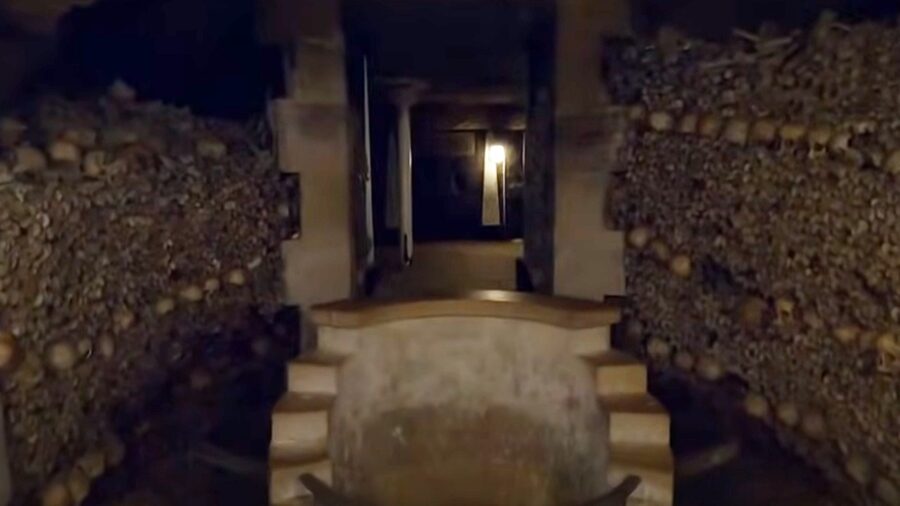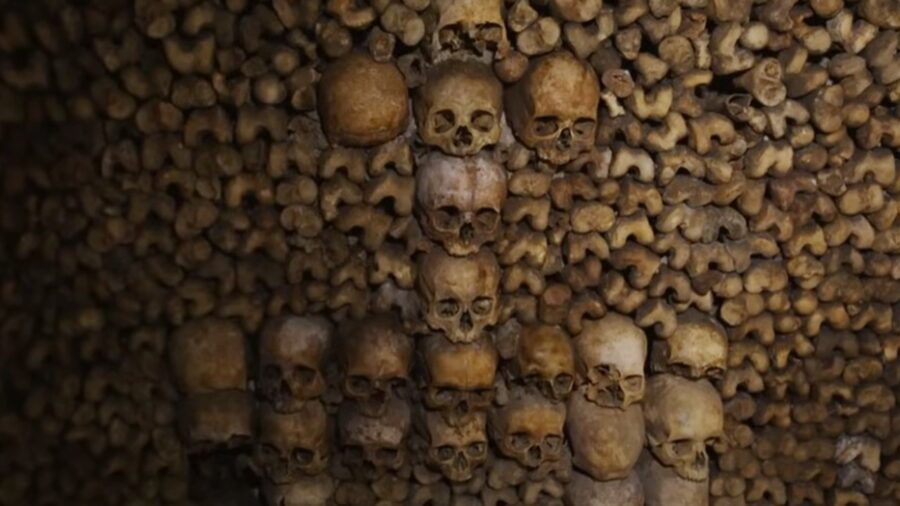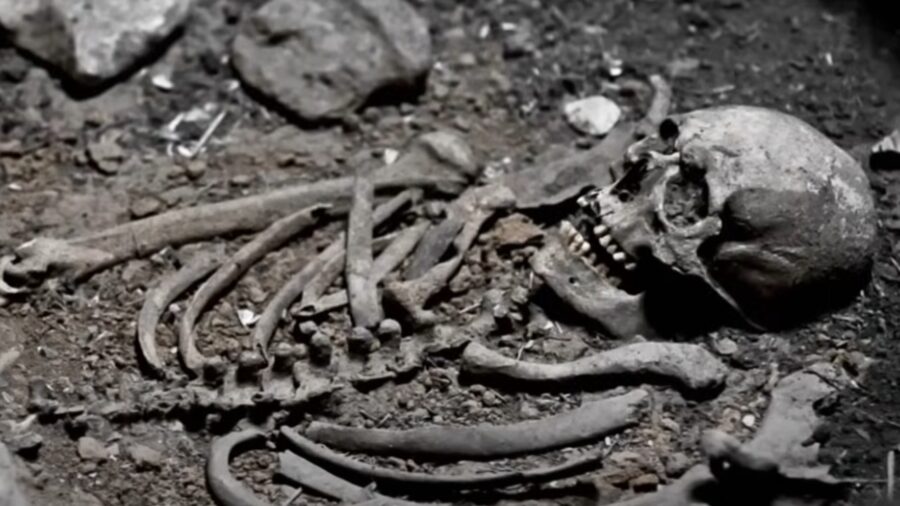Paris Catacombs Reveal Millions Buried After Centuries

Posted by Becca Lewis | Published
Beneath the modern streets of Paris, there is a system of caves that hold the bones of millions of people whose bodies were improperly disposed of in quarries as the city expanded. Now, a research team is examining the area to try to find out what killed these people and when they actually died in order to trace the history of diseases and treatments during their lifetime. Remarkably, this is the first time that a Paris cemetery has been excavated for scientific research, and the project may yield important insights into human history.
The World's Largest Mass Grave

The Paris cemetery is probably the largest deposit of human remains in the world, containing between 5 and 6 million bones placed there between the 18th and early 19th centuries. Because the central cemeteries of Paris were overcrowded at the time, bodies were removed from their inner-city cemeteries and dumped in disused quarries in what was then the outskirts of the city. Due to the mishandling of the remains, they were never sorted or buried properly, and a jumble of bones lay beneath the streets of Paris in what have since become burial pits.
A popular myth at the time was that the city's official burial grounds were so crowded that basement walls collapsed, and decaying corpses fell into the living spaces. However, historians point to a common reason for the removal of the relics from the center of Paris. At the time, real estate was scarce, and the city was growing, so dumping a few million corpses in caves seemed like a good way to free up some space.
Bone Walls

In 1810, government officials saw fit to pay respect to the dead, so the disused Paris stones were turned into cemeteries. Louis-Étienne Héricard de Thury, the general inspector of the quarries, decided to arrange the bones in a more interesting way to visit and inform the burial site. The bones were built into walls that covered the piles of human remains behind them.
Because the bones in the Paris pits have been exposed to moisture and human disturbance over the years, parts of the bone wall have collapsed, requiring repairs. During these excavations, some studies of the condition of the remains, which are studied in the autopsy and burial procedures during the thousand years representing the great tomb, were made possible. The researchers were able to study what heavy metals people were exposed to, what diseases they had, and what treatments were used on them throughout their lives, and it gave them the idea to do a large, comprehensive study.
Past Entry Window

The vastness of the Paris caves means that with current methods, digging up and studying a large deposit of human remains will take more than a lifetime, although DNA science and the use of some light source cameras may speed up the process. While the work is difficult, the catacombs of Paris offer a unique insight into the human history of the region and can provide valuable information about past epidemics, the effects of economic and social change, and the evolution of medical practices over the past centuries. Although the original burial of these remains was more like a landfill than a solemn event, their presence can be a blessing for scientists who want to study our past, no matter how bad it looks to walk the streets of more than 6 million people. the grave.
Source link



